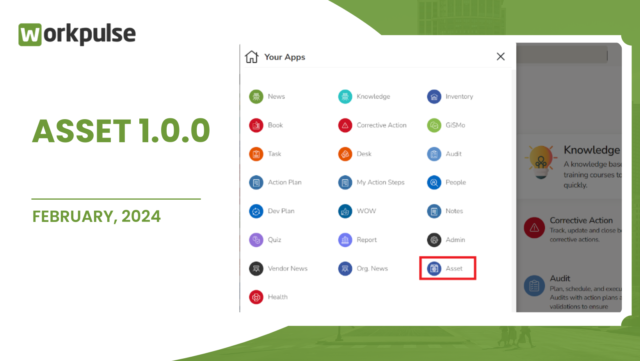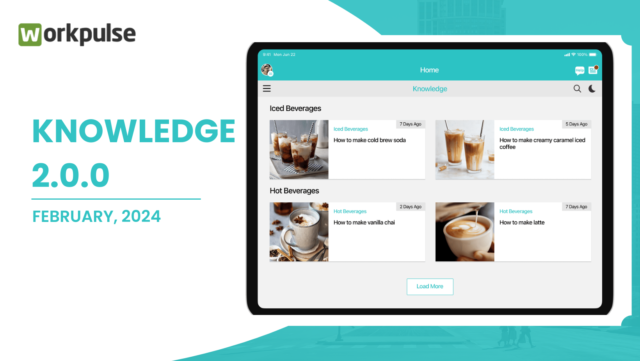Covid-19 hit the world economy in 2020 causing distress, falling sales, and lost opportunities for everyone, especially the restaurant industry. A few restaurants have already declared bankruptcy; others report that they soon won’t be able to cover their rent and personnel costs. QSRs faced a tough time surviving in light of the events. However, some QSRs were able to fare better than others due to the actions taken by the leadership team.
The Covid-19 pandemic posed problems, but it also brought forth several new opportunities in the form of digital transformation. The immediate impact of the Covid-19 scenario was a substantial increase in online food orders as people chose to avoid in-restaurant dining. This required QSRs to adapt to the changing dynamics and consumer demand and embrace digital transformation not only for survival but also for business growth.
With just 4 months into 2021, the situation has not changed as we are hit by a second global wave of Covid-19. The only way QSRs can hope to survive and come out successfully is to embrace technology and strive for operational excellence not only from a safety perspective but also to reduce avoidable costs wherever possible. Digital solutions provide an easy to use and integrated environment which offers real time monitoring, actionable data, and data driven decision making to adhere to the brand promise while ensuring profitability for the restaurant.
Here are the top 8 digital transformation trends for QSRs in 2021 that will make a significant impact in the restaurant industry.
Frequent menu changes as per demand
QSRs will continue to change their menus to accommodate for supply chain disruptions and changing customer demand. The frequency of change will be more for delivery menus based on what customers demand. Some QSRs may opt for a small menu and this will help to simplify operations as well as keep costs under control. From a digital transformation perspective, most QSRs now have apps or online ordering pages where customers can browse and order food easily. With a digital menu, updating it frequently is very easy and also helps to be aligned with the changing demands.
Detailed expense tracking
QSRs will continue to track day-to-day operating costs in addition to other expenses like maintenance, spare parts, packaging, etc. Legacy systems will not prove to be effective for monitoring and tracking expenses across multiple restaurant locations. The only feasible approach is to implement a smart digital system that tracks cost in real time and highlights any irregularities immediately. Some solutions provide the ability for daily cash count as well as reconciliation to avoid errors in the final calculations.
Improved online ordering experience
With online ordering witnessing a sharp rise, QSRs are continuously working on improving the online ordering experience and this is made possible by embracing digital transformation. Some restaurants are using QR codes to provide digital menus directly in the mobile device. Guests can order as per their convenience and get the food delivered to them or collect it from the restaurant. Mobile apps and websites are also being used for accelerating customer loyalty programs and providing better deals to the guests. It’s all focused on contactless transactions and keeping things as simple as possible.
Integration with third party services to accommodate demand
In order to accommodate the surge in demand for online orders, QSRs are integrating with delivery aggregators, call centers, and third-party services. This is really useful for streamlining operations and ensuring prompt response as well as support to the guests. The improved communication mechanism has proven to be a major advantage in retaining guests as well as acquiring new ones.
Prioritizing health and safety above all
Needless to say, health and safety are absolutely critical in the current scenario. One cannot be too cautious about sanitization and food handling. Not only do guests need to be assured of food safety and health compliance, they also need to see it being reflected in the quality of food and service being offered by the restaurant. The easiest way to ensure a safe and healthy environment for guests as well as restaurant employees is to implement an employee health check solution which allows pre-shift health inspection that can be tracked across multiple locations. Additionally, restaurants will have to consider implementing a digital food safety solution for real time monitoring.
Increased implementation of kiosk based ordering
The implementation of kiosk-based ordering will increase to ensure contactless transaction and easy ordering process. This particular model has been very successful in European cities, train stations, airports, etc. From a customer perspective, the kiosk allows sufficient time to browse the menu and place the order. In light of the current covid situation, kiosks are now being considered a cost-effective way to reduce face-to-face contact and keep guests safe from the spread of the coronavirus. Moreover, the implementation of kiosk-based ordering will help restaurants reduce wait time, improve order accuracy, and increase sales.
Accommodation of drive-thru services
Drive-thru ordering surged over the last year as the coronavirus pandemic shuttered indoor dining and made consumers wary of entering restaurants. Over the last 12 months, QSRs have made investments to make their drive thru lanes more efficient. Fast casual restaurants seem to be catching up as they prepare to add their first drive-thru lane. By December 2021, drive-thru lanes accounted for 44% of off-premise orders across the entire restaurant industry, according to the NPD Group. Ensuring the success of the drive thru model depends on the operational efficiency of restaurants and it can only be ensured with the implementation of a robust restaurant operating system.
100% visibility across all restaurant locations
One of the biggest challenges faced by QSRs is lack of visibility across all restaurant locations. The paper trail makes it almost impossible to get data in real time and without active monitoring, decisions cannot be made on time. Digital restaurant operating systems provide real time actionable data and tracking across locations with trend analysis and comparative reporting. QSRs have now begun to see the value of investing in a digital solution that not only helps them improve their operations but also save costs and get 100% visibility for their business.
QSR digital transformation made easy with workpulse
Workpulse offers an integrated restaurant operating system that has the required solutions for brand standards, food safety, restaurant audit management, facility and equipment maintenance, guest recovery and employee engagement. With minimal training, your team can get started with the Workpulse platform and embrace digital transformation easily. We have helped 3000+ QSRs exceed brand expectations and remain profitable even during the pandemic.
Schedule a consultation with us to know how the Workpulse Platform can help your QSR make the move to digital.




